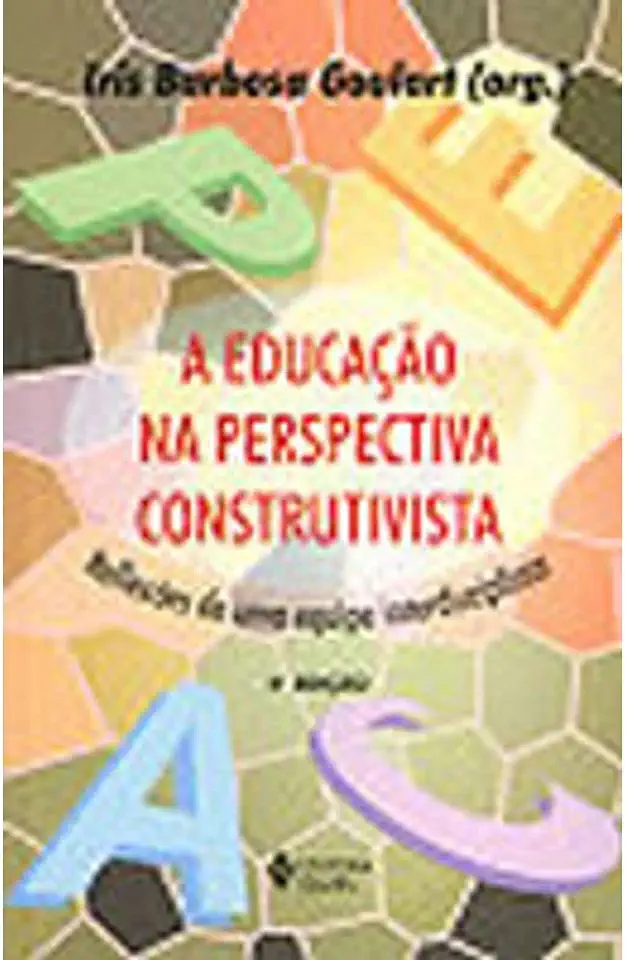
Education in the Constructivist Perspective - Iris Barbosa Goulart
Education in the Constructivist Perspective: A Comprehensive Guide to Learning and Teaching
Introduction
In today's rapidly changing world, education has become more important than ever before. However, traditional educational methods are often outdated and ineffective, failing to prepare students for the challenges of the 21st century. In this groundbreaking book, renowned educator Iris Barbosa Goulart presents a revolutionary new approach to learning and teaching based on the constructivist perspective.
What is Constructivism?
Constructivism is a theory of learning that emphasizes the role of the learner in constructing knowledge. According to this theory, learners actively construct their understanding of the world through their experiences and interactions with others. This approach to education is based on the belief that learners are not passive recipients of information, but rather active participants in the learning process.
The Benefits of Constructivist Education
Constructivist education offers a number of benefits over traditional educational methods. These benefits include:
- Increased student engagement: Constructivist learning environments are more engaging and motivating for students, as they allow students to take an active role in their own learning.
- Improved student understanding: Constructivist education helps students to develop a deeper understanding of the material they are learning, as they are required to actively process and organize information.
- Enhanced critical thinking skills: Constructivist education encourages students to think critically about the information they are presented with, and to develop their own unique perspectives.
- Greater creativity: Constructivist education fosters creativity and innovation, as students are encouraged to explore new ideas and solutions.
- Better problem-solving skills: Constructivist education helps students to develop problem-solving skills, as they are required to apply their knowledge to real-world situations.
How to Implement Constructivist Education
Implementing constructivist education in the classroom requires a shift in teaching methods and classroom culture. Some of the key elements of constructivist education include:
- Active learning: Constructivist learning environments are characterized by active learning, where students are engaged in hands-on activities, projects, and discussions.
- Collaboration: Constructivist education encourages collaboration between students, as they work together to construct knowledge and solve problems.
- Authentic learning: Constructivist learning experiences are authentic and relevant to students' lives, as they are based on real-world problems and scenarios.
- Reflection: Constructivist education encourages students to reflect on their learning, as they develop metacognitive skills and become more aware of their own learning process.
Conclusion
Education in the Constructivist Perspective is a must-read for educators, parents, and anyone interested in improving the quality of education. This book provides a comprehensive overview of the constructivist approach to learning and teaching, and offers practical strategies for implementing constructivist education in the classroom. With its engaging writing style and wealth of examples, this book is sure to inspire and inform readers, and help them to create constructivist learning environments that foster student success.